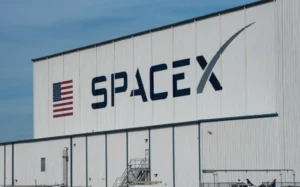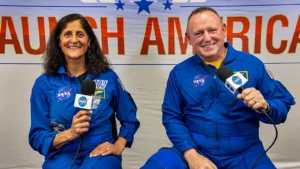SpaceX Starship’s 7th Test Flight on January 10: Starlink Simulators, Super Heavy Booster Recovery

SpaceX’s Starship is gearing up for its seventh flight test, a crucial step toward developing a fully reusable space launch system. Scheduled for January 10 at 3:30 a.m. IST, the test will launch from SpaceX’s Starbase Orbital Launch Pad A in Boca Chica, Texas. The 97-minute launch window extends until 5:07 a.m. IST, with backup dates available through January 16. For the first time, the test will involve deploying simulated Starlink satellites, marking a significant milestone in the spacecraft’s development.
Testing Payload Deployment with Starlink Simulators
According to SpaceX, as reported by space.com, this mission will evaluate Starship’s ability to deploy heavier, next-generation payloads by releasing 10 Starlink simulators. The simulators will travel on a suborbital trajectory with the Starship upper stage and are expected to splash down in the Indian Ocean. This demonstration is critical for future missions involving active Starlink satellites.
Upgraded Features for Improved Flight Performance
The Starship for this test flight incorporates several design enhancements. The upper stage’s flaps have been reduced in size and repositioned closer to the vehicle’s tip to reduce heat exposure and simplify the protective tile layout. Additionally, the propulsion system has been upgraded to increase propellant capacity by 25 percent. Enhanced heat shield tiles with a backup layer will also be tested to improve durability.
Focus on Super Heavy Booster Reusability
The Super Heavy booster, featuring Raptor engine number 314, will attempt a return to the launch site for a catch using the launch tower’s chopstick arms. If conditions are unfavorable, the booster will perform a soft splashdown in the Gulf of Mexico. The launch tower has been upgraded with improved radar sensors to enhance precision during recovery.
SpaceX has described 2025 as a pivotal year for Starship, with plans to undertake increasingly ambitious missions, including transporting humans and cargo to the moon and Mars.








